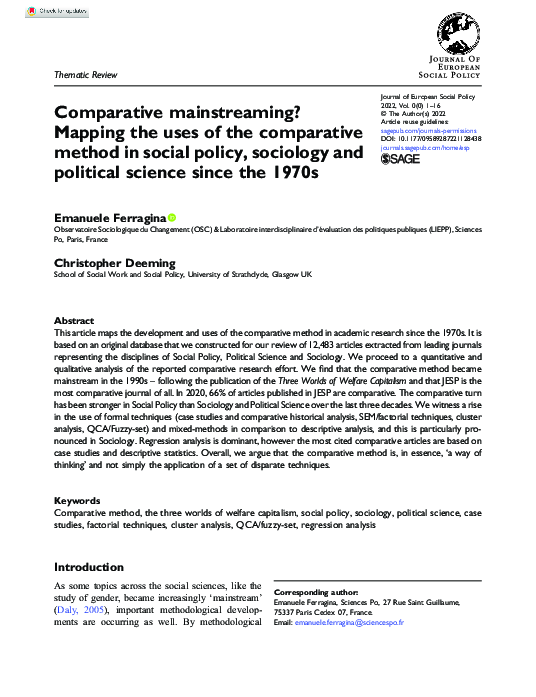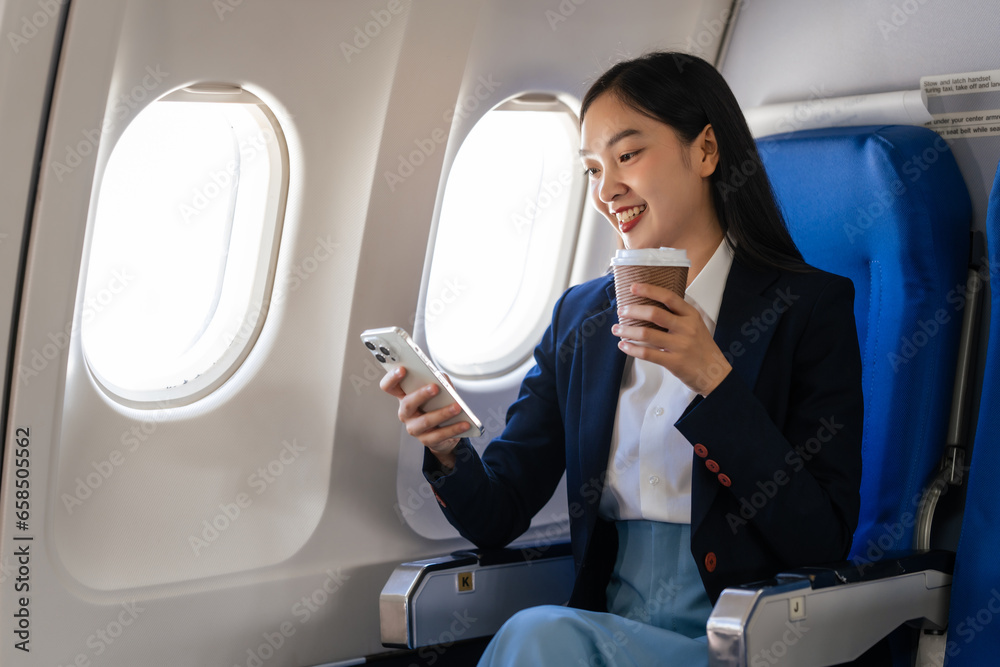
Trump’s “Travel Destinations”: Mapping Out Future Political Arenas
Donald Trump, a figure synonymous with globe-trotting for business and, as former President, for diplomacy, has always had a distinctive relationship with travel. Beyond his personal preferences, however, his past policies and rhetoric have significantly shaped how the world views travel to and from the United States. As discussions around future political landscapes intensify, understanding Trump’s “travel destinations” takes on a new dimension. It’s less about luxury resorts and more about the strategic positioning of political power and the cultivation of future political arenas.
The Shadow of Travel Bans: A Legacy of Restriction
One of the most impactful legacies of Trump’s presidency concerning international travel was the series of travel bans implemented. Reports indicate an expansion from an initial focus to a scope potentially encompassing 43 countries. This policy, driven by national security concerns, had a profound and often divisive effect on global mobility and international relations.
- Impact on Perceptions: For citizens of targeted nations, the bans created significant barriers and fostered a sense of exclusion. This directly influenced their perception of the United States as a destination, leading some to actively choose other travel locations.
- Economic Repercussions: The tourism industry, a vital economic engine for the U.S., felt the ripple effects. Some international visitors, angered by tariffs, rhetoric, and border policies, opted to vacation elsewhere, impacting revenue and business.
- Future Political Arenas: The precedent set by these broad travel restrictions offers a glimpse into potential future policy directions. If re-elected, a similar approach to border control and international movement could be re-emphasized, shaping diplomatic relationships and political alliances.
Beyond Bans: Trump’s Global Engagement and Preferred Locations
While the travel bans dominated headlines, Trump’s engagement with the world extended far beyond restrictive measures. His frequent travels, both during and potentially post-presidency, provide insights into his preferred diplomatic styles and the regions he views as strategically important. Examining his reported favorite travel destinations can offer clues to his future political strategy.
While a definitive “top 10” list is subjective and often based on personal preference, certain themes emerge from his past engagements:
- Economic Powerhouses: Destinations that are significant economic partners or hold substantial business interests for Trump’s enterprises likely remain high on his radar.
- Geopolitical Hotspots: Regions experiencing significant political or economic shifts often become focal points for leaders seeking to exert influence or forge new alliances.
- Domestic Rallying Points: Trump’s political success has been heavily reliant on domestic support. Travel to key states and areas where he commands strong enthusiasm remains crucial for maintaining his political base.
Mapping Future Political Arenas: Where Will Trump Focus?
Considering Trump’s past actions and potential future ambitions, we can begin to map out the political arenas he might prioritize. These “travel destinations” are not necessarily physical locations for leisure, but rather arenas of influence and contention.
Potential Future Political Arenas for Trump:
| Arena Category | Focus Areas & Considerations |
|---|---|
| Domestic Re-engagement | Battleground States: Continued focus on states crucial for electoral victory, with events and rallies designed to energize the base and sway undecided voters. Economic Narrative: Targeting regions heavily impacted by trade and economic policies, where he can highlight successes and promise revitalization. |
| International Alliances | Strategic Partnerships: Cultivating relationships with nations that align with his foreign policy objectives, potentially focusing on economic cooperation and shared security interests. Challenging Existing Orders: Engaging with countries that are questioning current global structures or seeking alternative partnerships. |
| Trade & Economic Policy | Key Trading Partners: Maintaining dialogue and potentially renegotiating terms with major economic players to advance his “America First” agenda. Emerging Markets: Exploring opportunities for economic expansion and influence in developing economies, leveraging business acumen. |
| Immigration & Border Security | Border States: Direct engagement with regions experiencing heightened focus on immigration and border control, reinforcing his stance on these issues. International Diplomacy: Discussing immigration policies and agreements with countries of origin and transit. |
The Traveler’s Influence: Shaping Perceptions and Policies
Trump’s approach to travel and international engagement has a tangible impact. It shapes not only his own political trajectory but also how the United States is perceived on the global stage. For those observing the political landscape, understanding the motivations behind his “travel destinations” – whether to rally a domestic base, forge international pacts, or challenge existing norms – is key to anticipating future political movements and policy shifts. The conversations he initiates, the relationships he cultivates, and the policies he champions in these arenas will continue to define his political influence.

Additional Information
Mapping Out Future Political Arenas: Analyzing Trump’s “Travel Destinations”
Donald Trump’s relationship with travel extends far beyond personal leisure. As a high-profile businessman and former President, his movements and policy decisions have a significant impact on both domestic and international travel. Examining his past actions, potential future policies, and the reactions they elicit allows us to map out potential political arenas and the strategic implications of his “travel destinations.”
The Shadow of the Travel Ban: A Global Reach
Recent reports indicate a potential expansion of Trump’s first-term travel ban, targeting a significant 43 countries. This move, if implemented, would represent a substantial broadening of the restrictions, impacting citizens from a wide array of nations. The rationale behind such a broad ban, as with its predecessor, is likely to be framed around national security. However, the sheer scope suggests a strategic approach to foreign relations, potentially targeting regions or governments perceived as problematic or aligned with ideologies that Trump opposes.
Analysis of this potential policy reveals several key political arenas:
- Diplomatic Leverage: A broad travel ban can serve as a potent tool for diplomatic pressure. By restricting movement, Trump could aim to compel specific countries to alter their policies, cooperate on security matters, or align with US foreign policy objectives. The targeting of 43 countries suggests a wide-reaching strategy that may not be tied to singular threats but rather to broader geopolitical alignments or perceived global instability.
- Domestic Political Messaging: The implementation of a travel ban is often a rallying cry for a specific segment of the domestic electorate, appealing to concerns about border security and national sovereignty. The “three-tier” system mentioned in reports suggests a calculated approach to categorizing countries, potentially reflecting differing levels of perceived risk or strategic importance.
- Economic Repercussions and International Relations: The impact on international travel and tourism is undeniable. As noted, “angry tourists are ditching vacations in the U.S. over Trump’s tariffs and rhetoric,” leading to a potential decline in overseas visitors. This alienates potential allies, harms the US tourism industry, and can be exploited by rival nations to attract visitors. The decision to impose such restrictions, therefore, involves a complex calculus of security versus economic and diplomatic costs.
Trump’s Personal “Travel Destinations”: A Reflection of Interests and Engagement
Beyond policy, understanding Donald Trump’s personal travel preferences offers insights into his interests and how he envisions America’s global engagement. While a definitive “top 10” list might vary, reports highlight his affinity for certain locations, often intertwined with business interests, personal leisure, and diplomatic endeavors.
- Business Hubs and Resorts: Trump’s personal travel often centers on his extensive real estate and hospitality empire. Destinations where he owns or operates golf courses, hotels, and resorts likely feature prominently. These locations are not just vacation spots but extensions of his brand and economic interests, potentially serving as informal meeting grounds for business associates and foreign dignitaries.
- Geopolitical Hotspots and Strategic Alliances: His travel history may also reflect areas of strategic importance to his political agenda. Visits to countries with key trade relationships, significant security concerns, or where he seeks to project American influence can be interpreted as attempts to forge or reinforce alliances.
- “Cartographical Compulsion” and Territorial Ambitions: The notion of Trump’s “cartographical compulsion,” as described in one report, suggests a fascination with maps and national boundaries. This could translate into a political approach that prioritizes territorial integrity, border control, and perhaps even a desire to redraw geopolitical lines to favor American interests. His past exchange regarding making Canada the “51st state” exemplifies this, albeit in a more provocative manner.
The Interplay: Policy, Personal Travel, and Political Arenas
The two facets of Trump’s “travel destinations” – policy-driven restrictions and personal travel preferences – are not entirely separate. His personal engagement with certain countries might inform his policy decisions, and conversely, his policies can shape the landscape of his personal travel.
- Targeted Restrictions and Personal Ties: It is conceivable that countries with strong business ties to Trump or where he has personal investments might be treated differently in terms of travel policies. Conversely, countries he views unfavorably due to political or economic reasons might be subject to tighter restrictions.
- “Soft Power” and Travel Diplomacy: While travel bans represent a coercive form of diplomacy, Trump’s personal travel can also be viewed as a form of “soft power.” His visits to certain nations, engaging with leaders and promoting his brand, can influence perceptions and foster goodwill – or the opposite, if his rhetoric and actions are met with resistance. The anger expressed by international tourists over his policies highlights the delicate balance between projecting strength and alienating potential visitors.
Mapping the Future Political Arenas:
By analyzing Trump’s “travel destinations” through the lens of his policies and personal inclinations, we can anticipate future political arenas:
- The Global Stage of Trade and Security: Trump’s approach to international travel is intrinsically linked to trade agreements and national security. Future political debates will likely revolve around the balance between protecting American borders and fostering global economic ties. The extensive travel ban proposed highlights a potential preference for a more protectionist and controlled approach to global interaction.
- Domestic Political Debates on Immigration and Sovereignty: The travel ban, in its various forms, will undoubtedly fuel domestic debates on immigration, national sovereignty, and the role of the United States in the world. These discussions will shape electoral strategies and influence policy decisions.
- The Battle for International Perception: The perception of the United States abroad will continue to be a critical battleground. Trump’s policies and rhetoric can either enhance or diminish America’s standing, impacting everything from diplomatic relationships to the appeal of American tourism and business ventures. The negative sentiment among potential international visitors underscores the challenge of maintaining positive global perception in the face of restrictive policies.
In conclusion, Donald Trump’s “travel destinations” are more than just points on a map. They represent a complex interplay of political strategy, economic interest, and personal inclination. Understanding these patterns allows us to better anticipate his future political actions and the arenas in which he will seek to exert influence. The potential expansion of travel bans signifies a significant policy direction, one that will undoubtedly shape global relations and fuel ongoing political discourse.





Leave a Reply